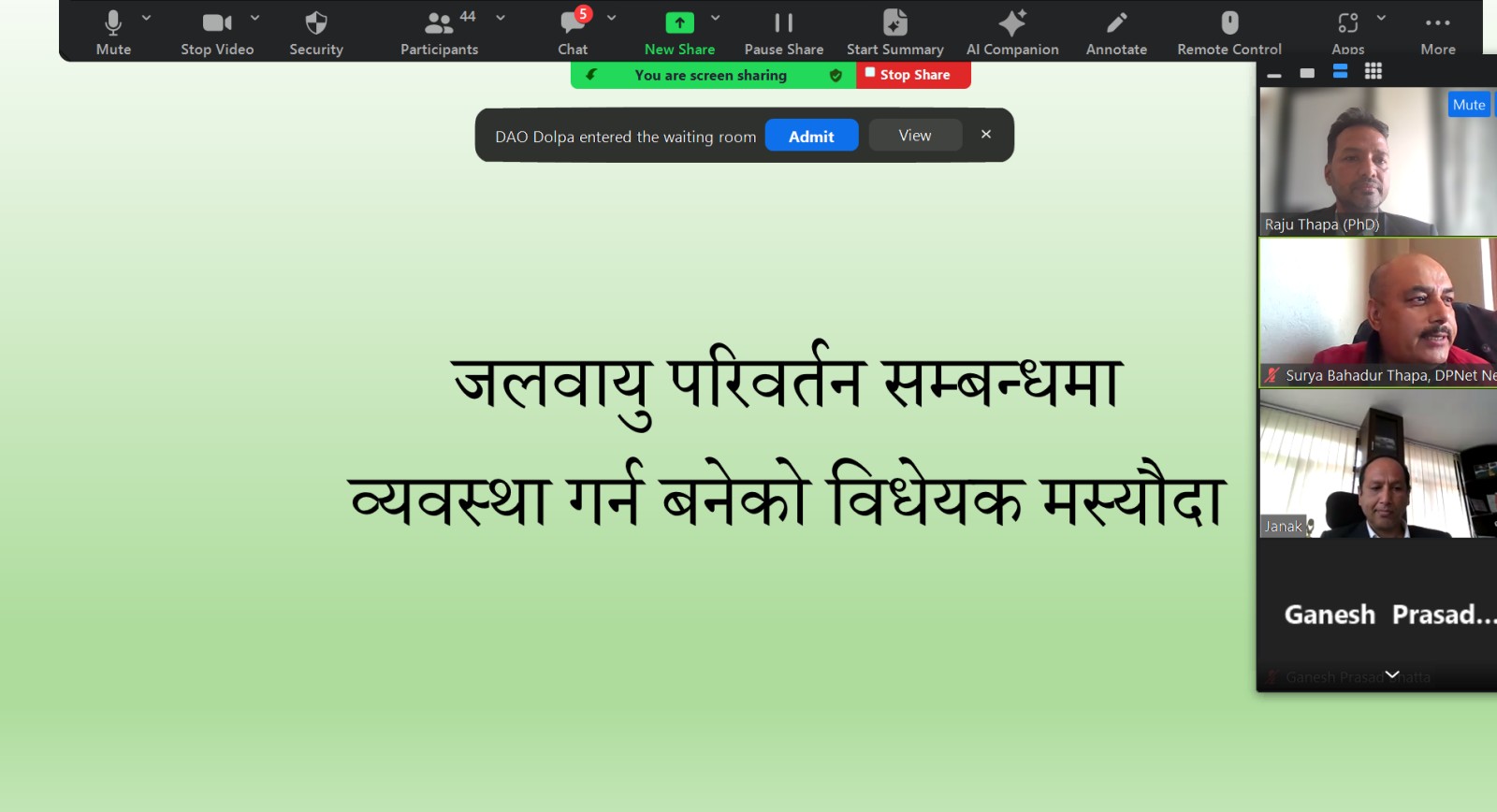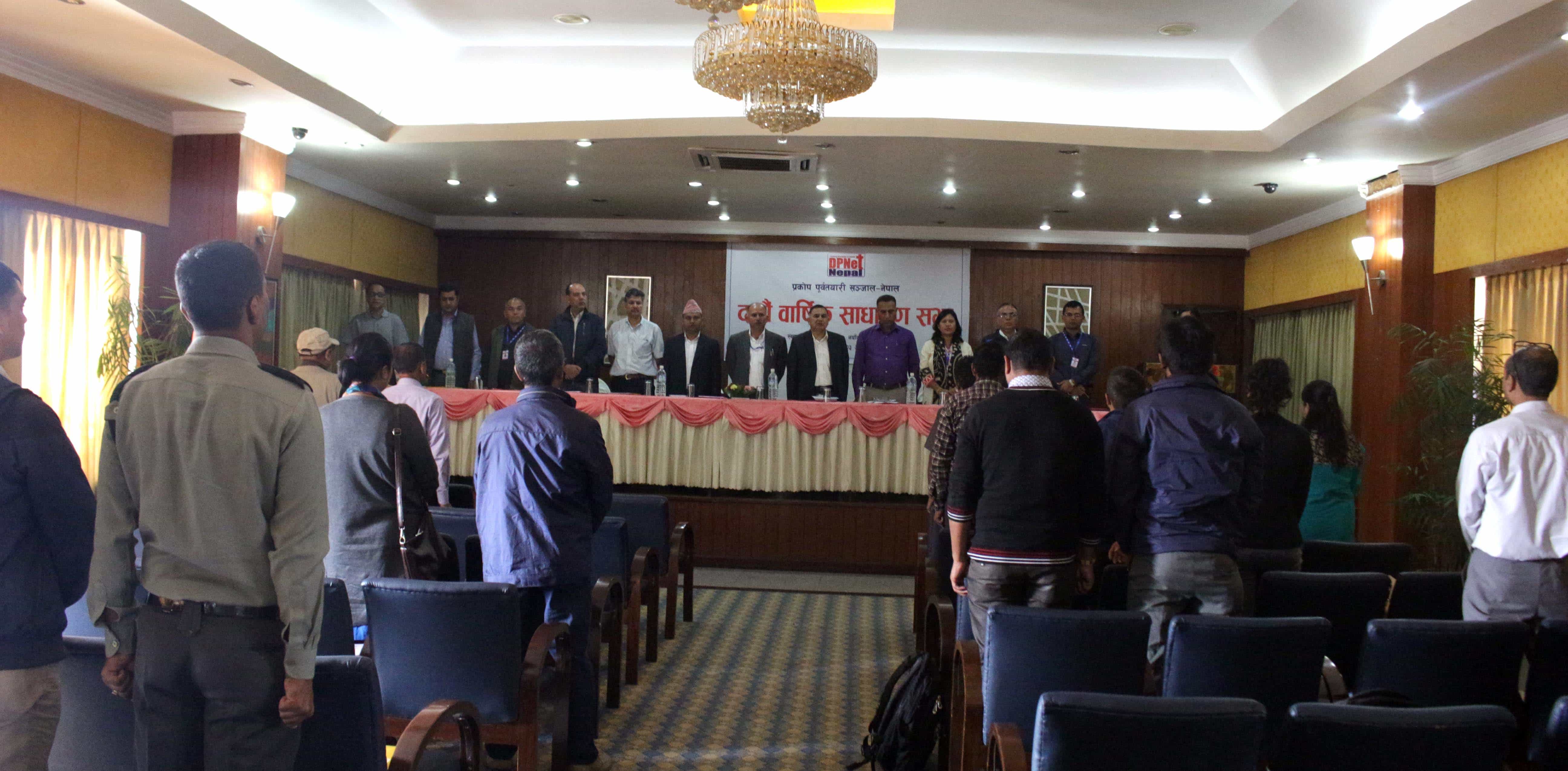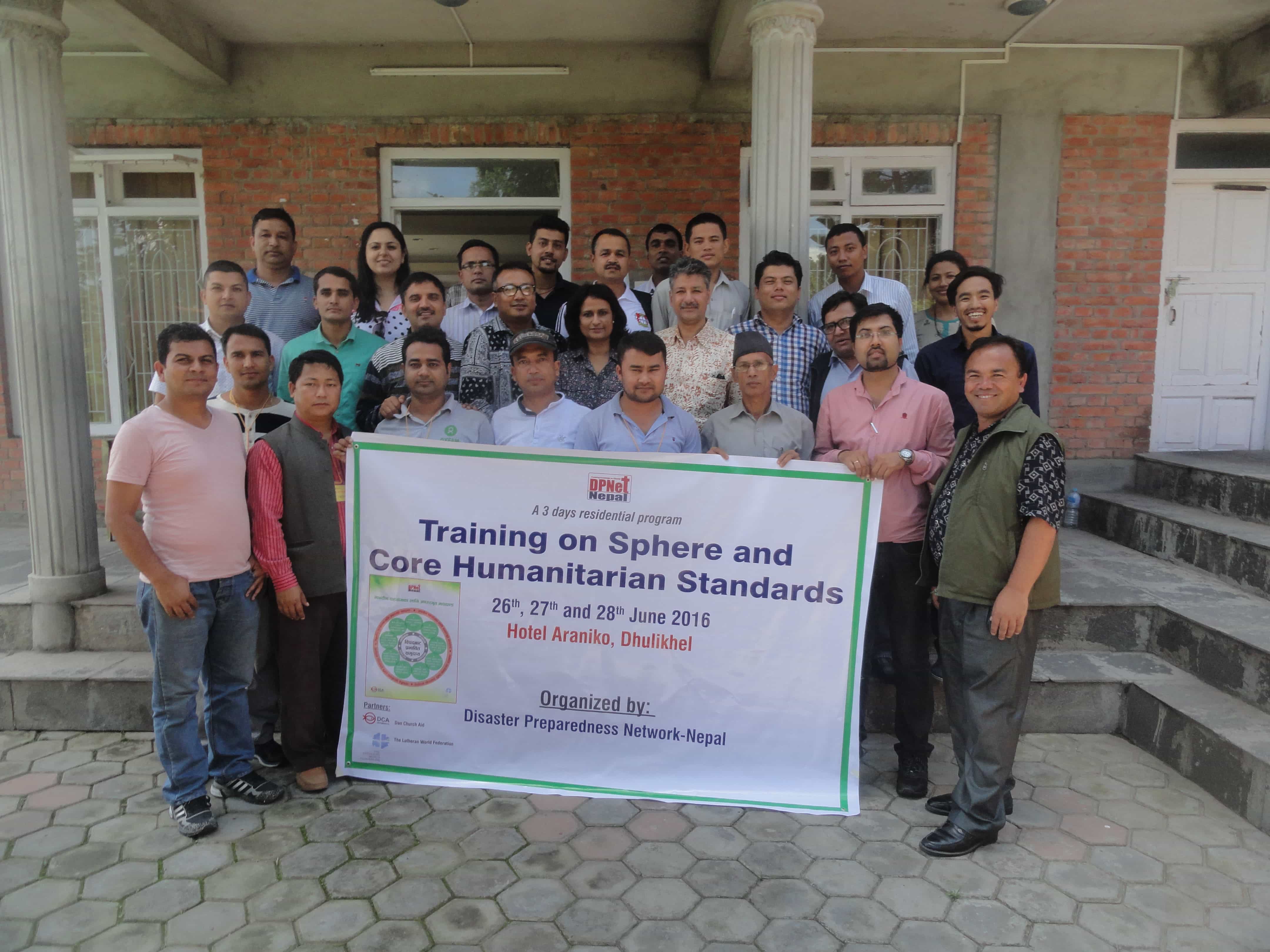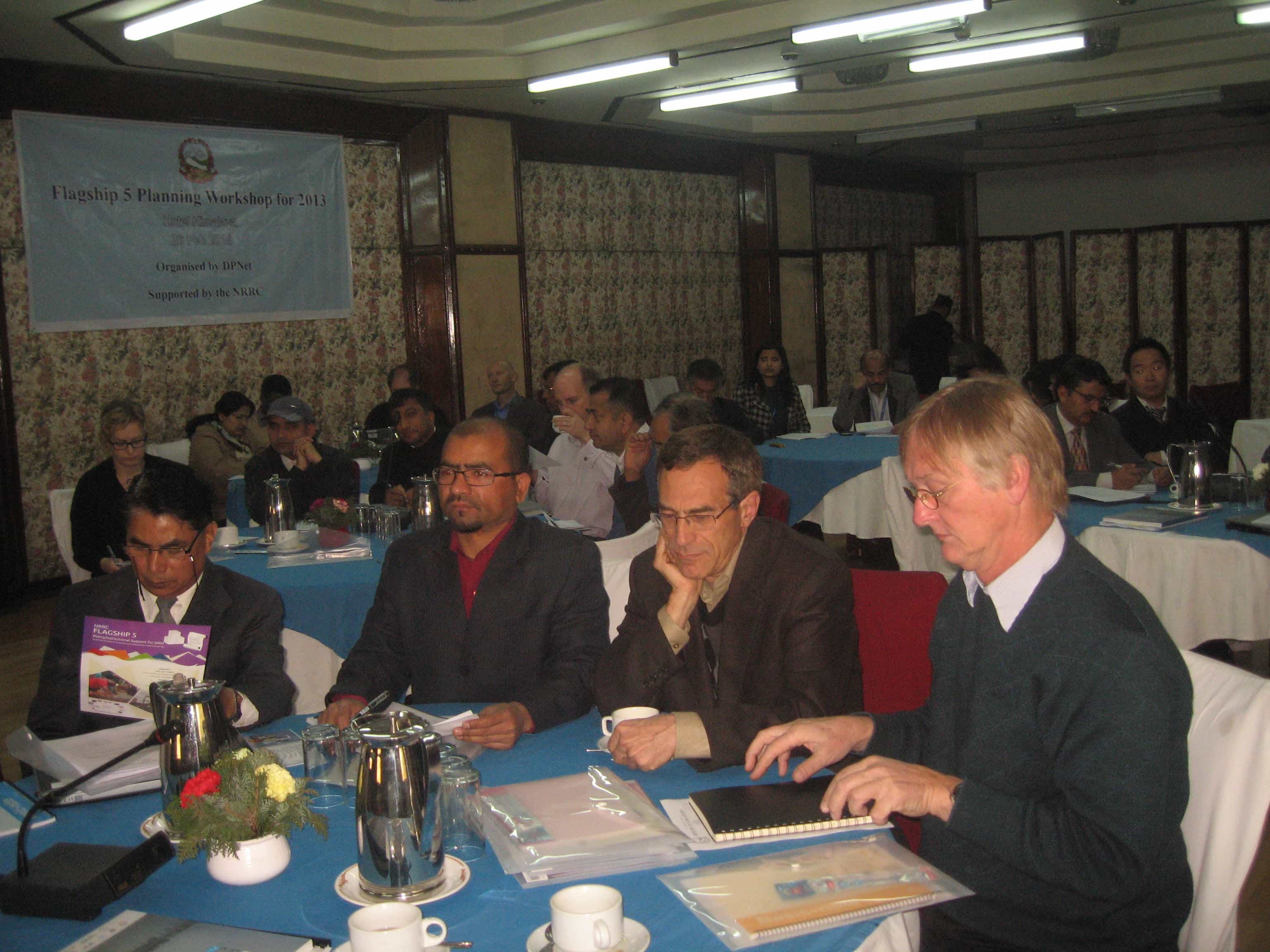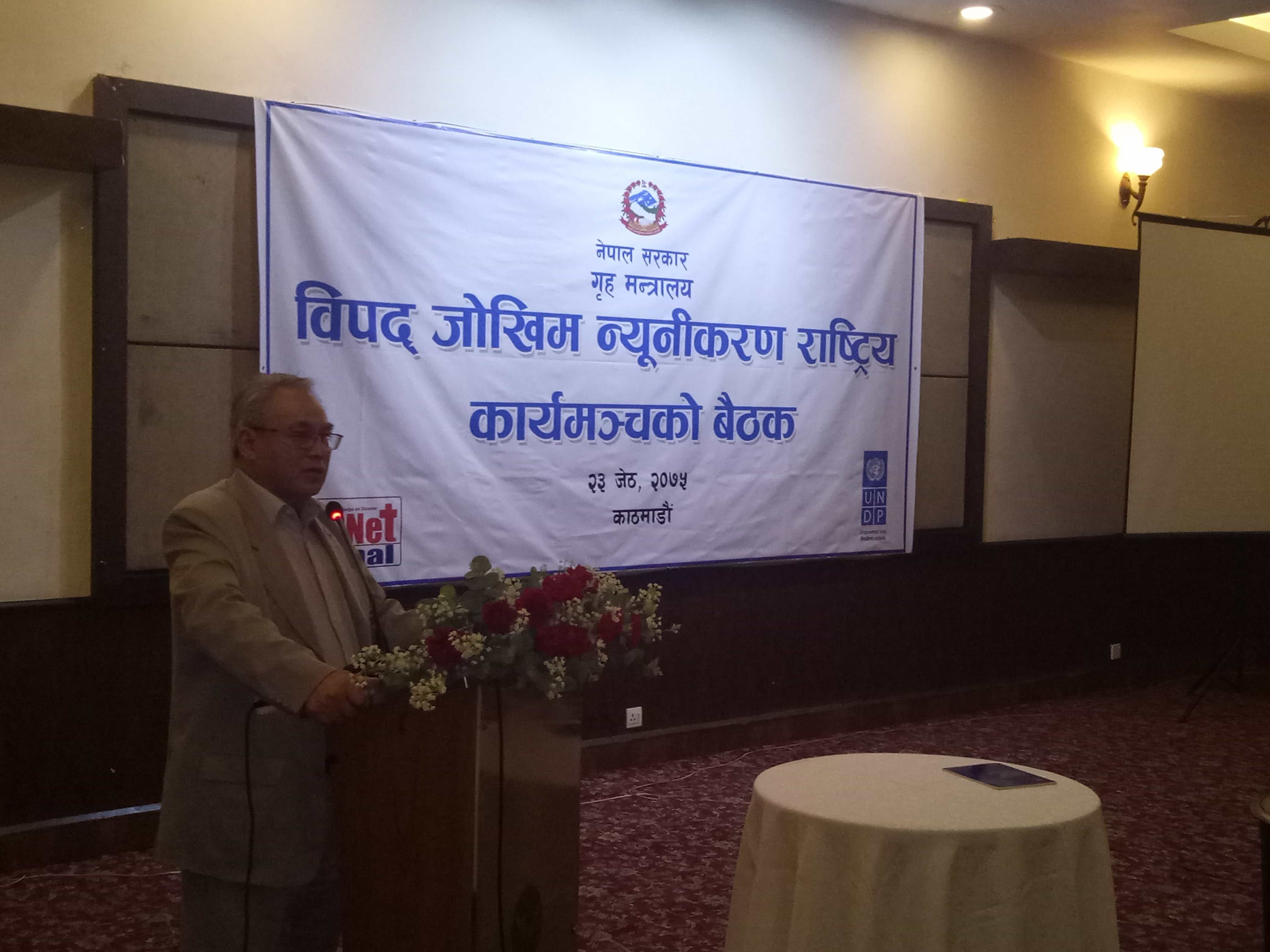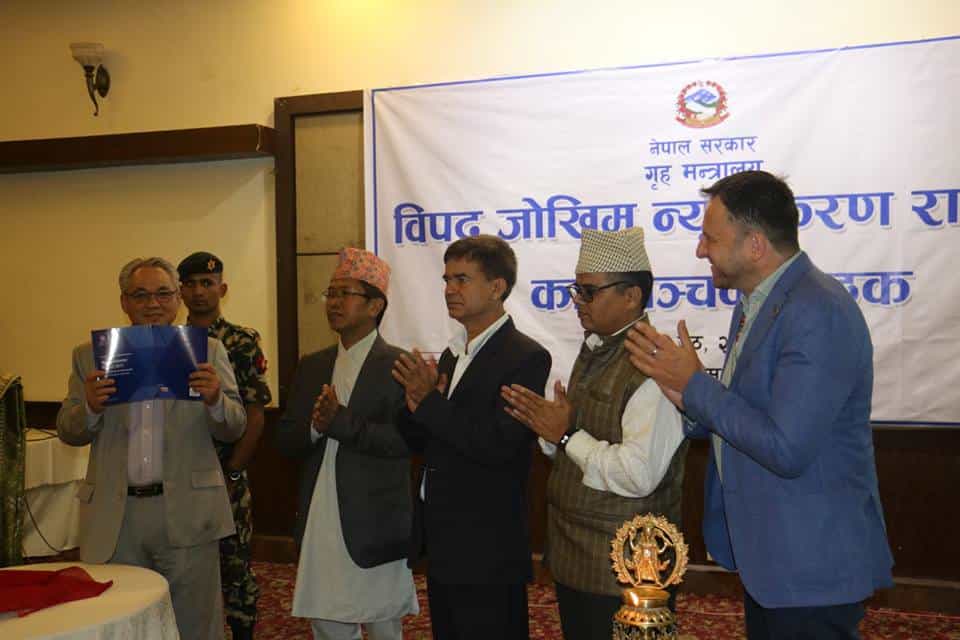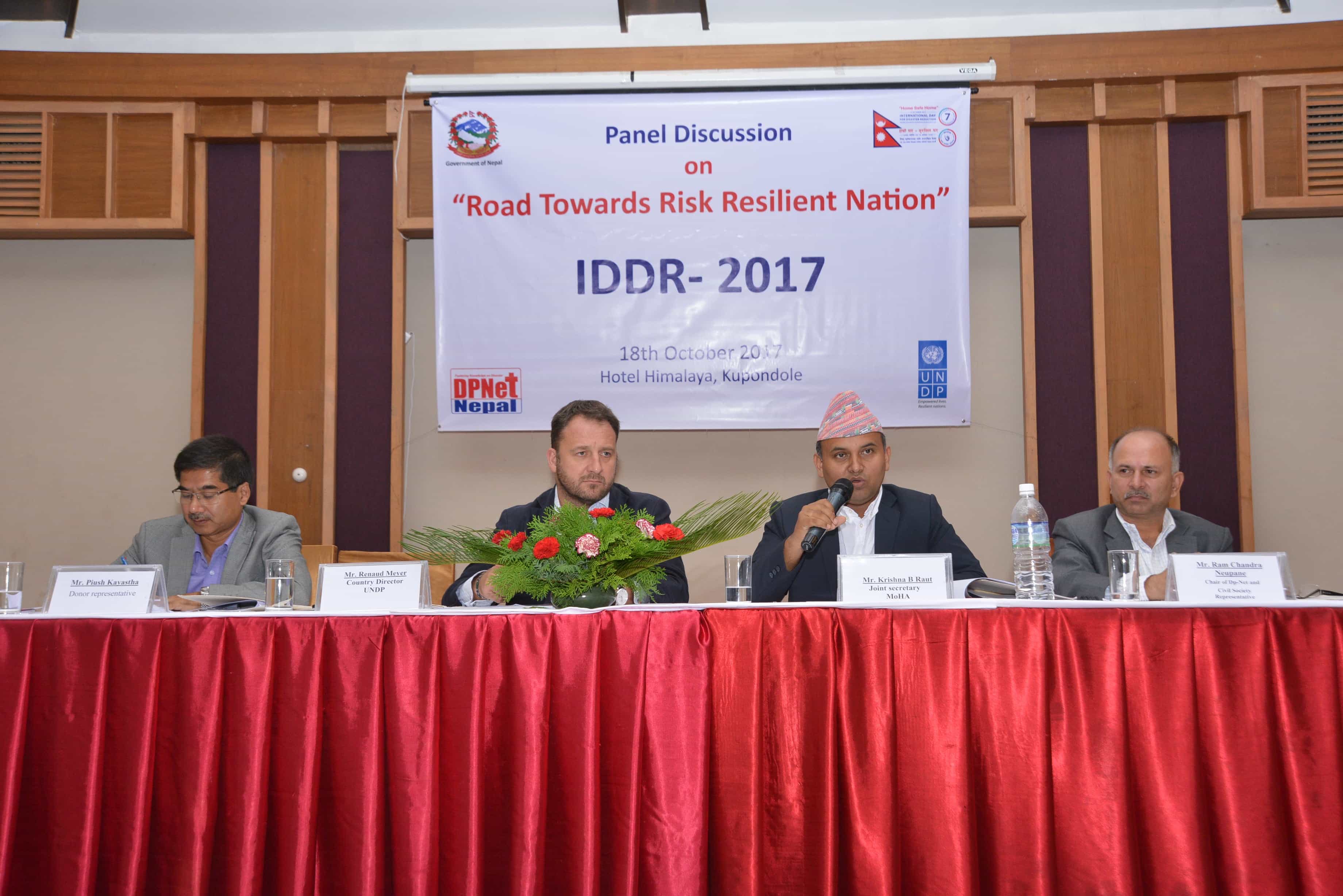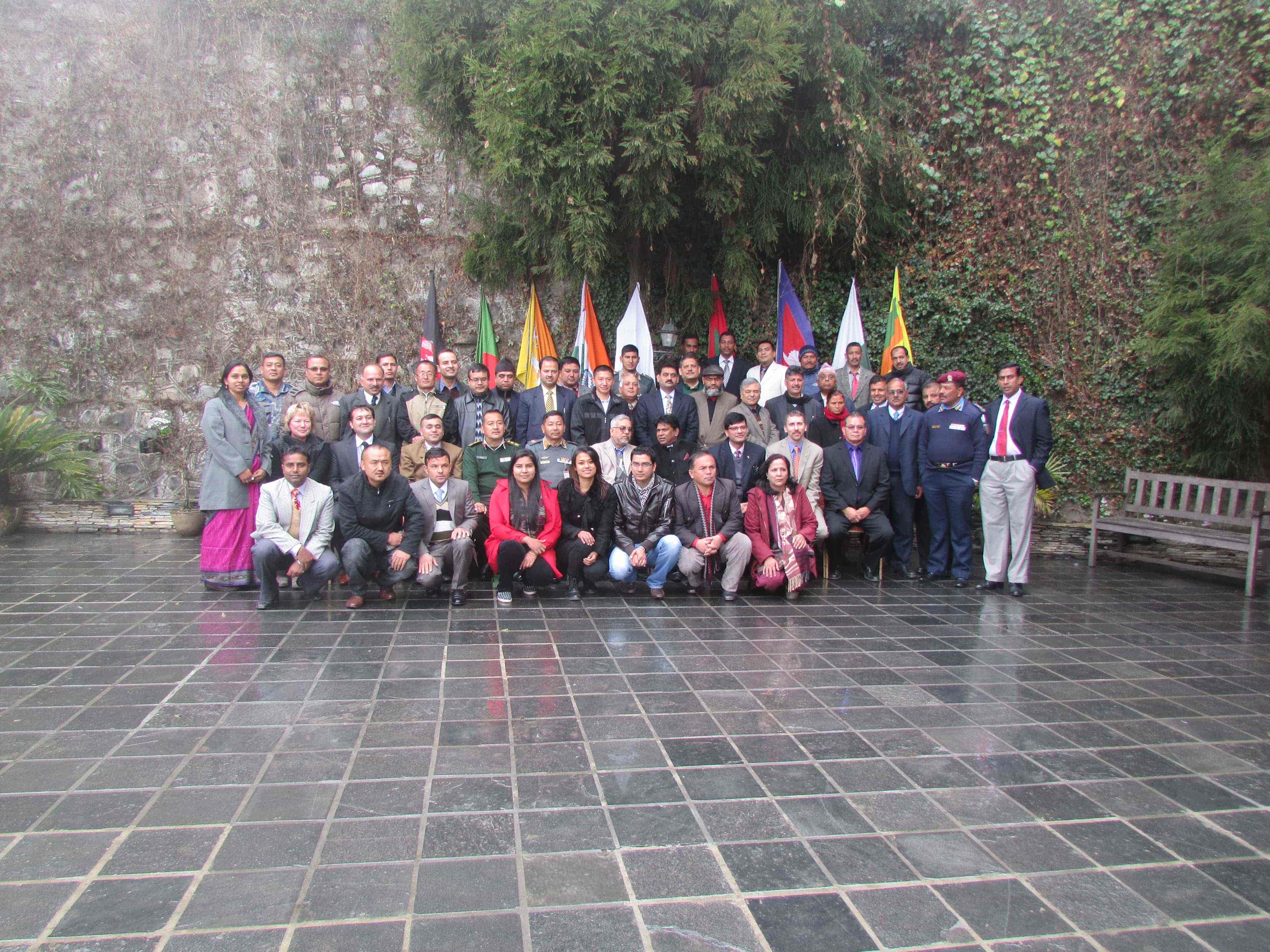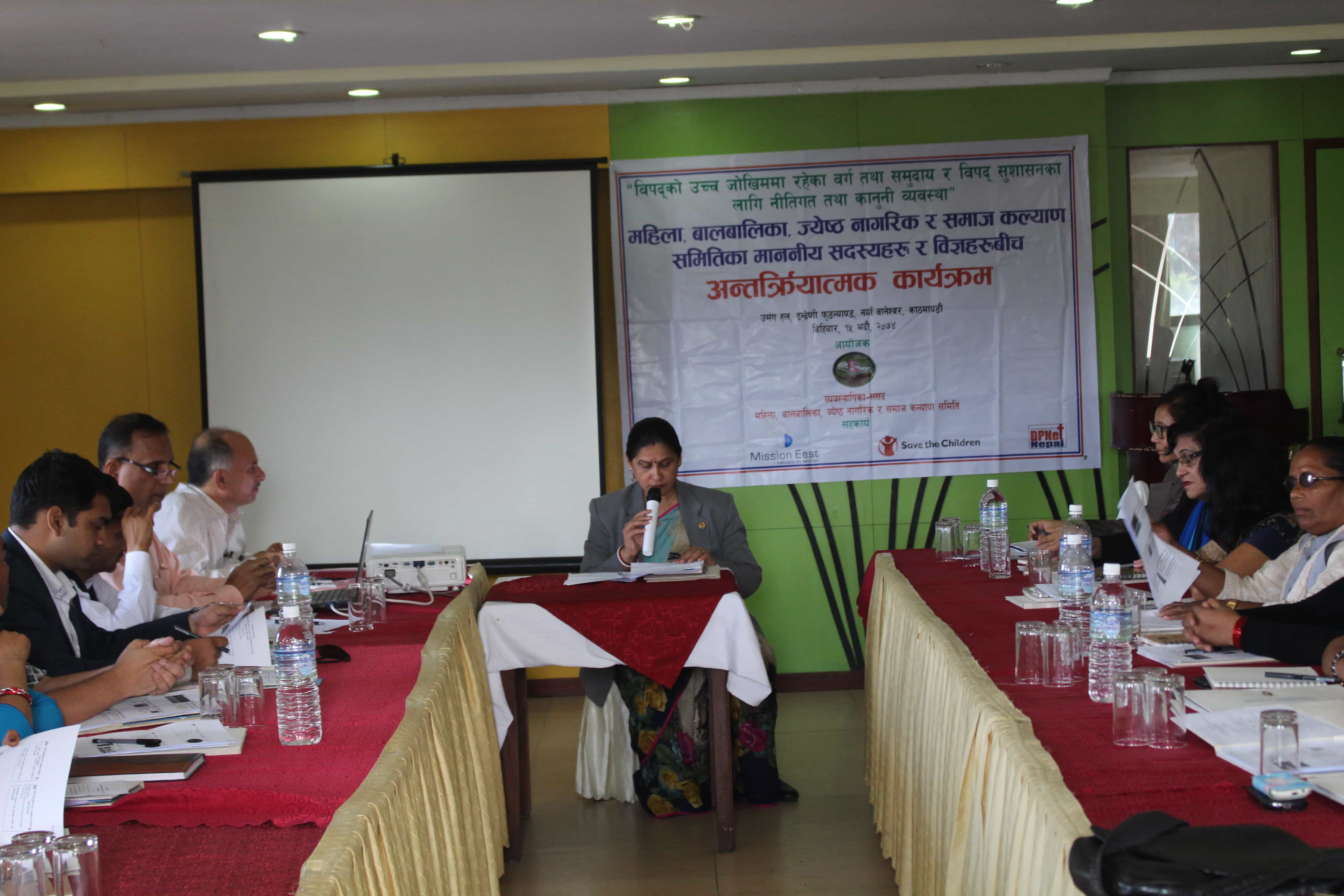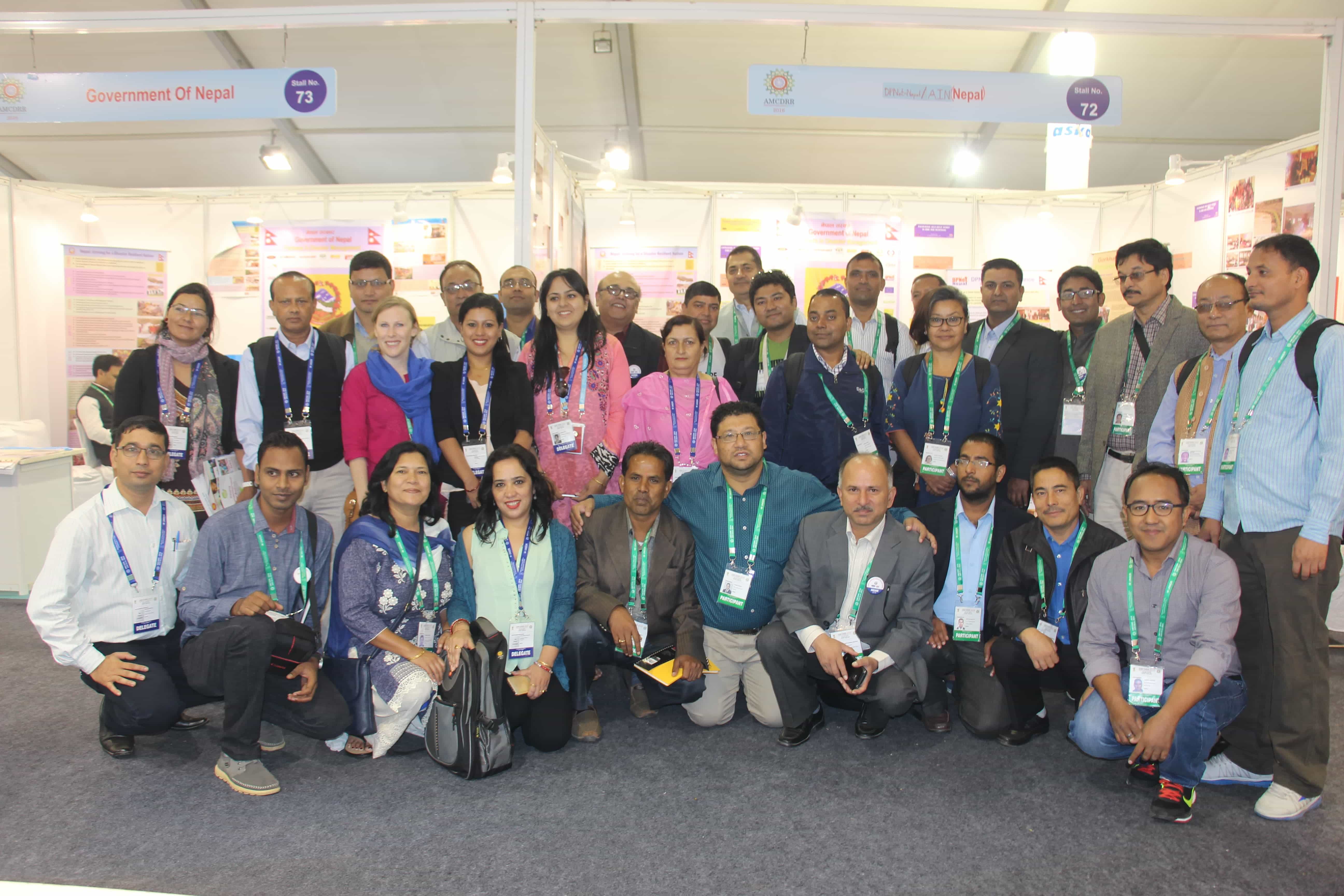Discussion on “Monsoon Preparedness and Response Plan – 2021
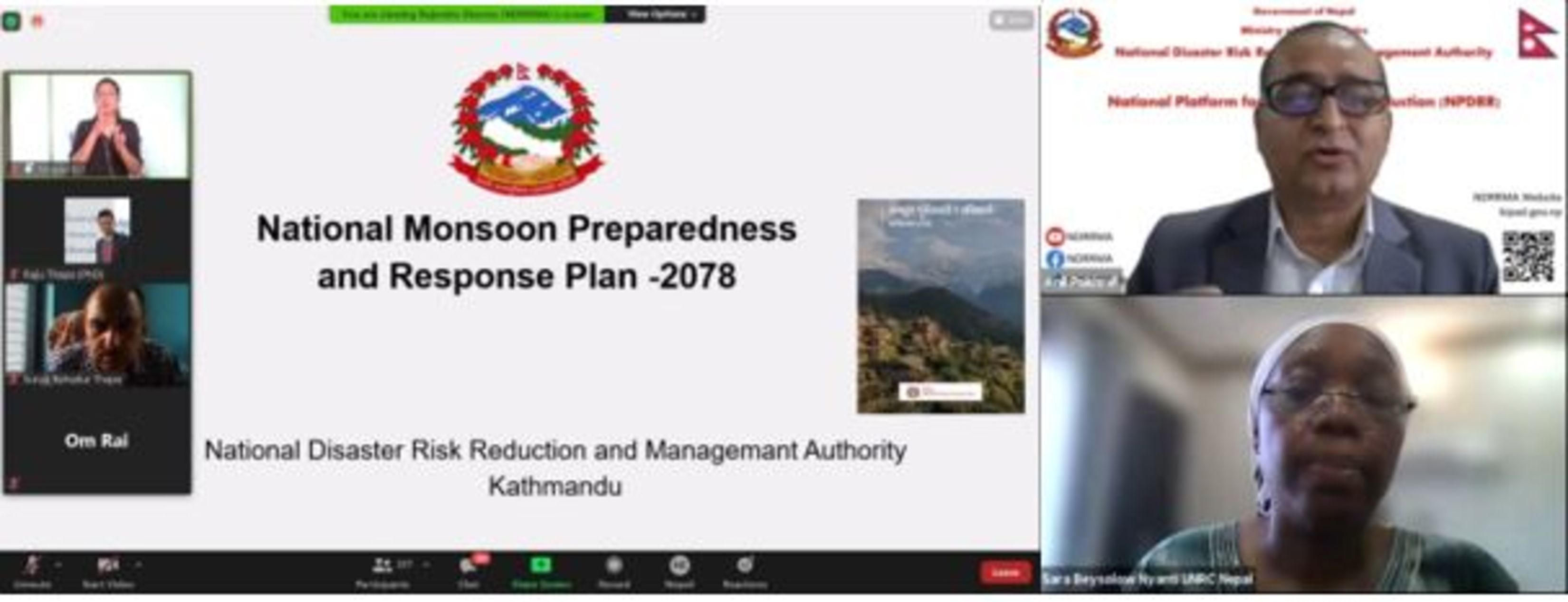
The webinar entitled “Monsoon preparedness and response plan - 2078” was conducted by National Platform for Disaster Risk Reduction (NPDRR) and coordinated by DPNet on June 9, 2021. Ms. Anita Niraula Joint Secretary of National Disaster Risk Reduction and Management Authority (NDRRMA) welcomed and delivered the opening remarks of the program, highlighting about the better and effective implementation of monsoon and preparedness response plan. Mr. Surya Bahadur Thapa, Chairperson of DPNet highlighted the objectives of program and introduced DPNet and NPDRR. He informed that DPNet as a secretariat of NPDRR is conducting series of discussion program on contextual issues and the program is also its continuation. He further highlighted the need of engagement of civil society and concerned stakeholders to prepare effective monsoon preparedness plan in meaningful wider participation. Mr. Om Astha Rai from BBC Media, facilitated the program. Altogether 354 participants comprising representatives of various sectors including goverment agencies, non-goverment agencies, private sector, NGO, INGO, Donor and UN agencies, media, academia and affected community joined the webinar.
Major Highlights
The panel discussion was on two parts, the first part was based on scenario based analytics
- Mr. Rajendra Sharma, Under Secretory and Mr. Beda Nidhi Khanal, Under Secretory from NDRRMA gave presentation on “National Monsoon Preparedness and Response Plan -2078”. The presentation was about disaster scenario in Nepal, monsoon outlook verification and disaster impact (2010-2020), caseload, use of BIPAD portal for monsoon preparedness and response, coordination and collaboration, monsoon preparedness and response at national and provincial level and the challenges during the plan.
- Dr. Suchita Shrestha from Department of Mines and Geology (DMG) presented about the role of DMG in landslide risk reduction in the monsoon season. She clarified about the use of landslide inventory map and geological studies, causes of landslides, future plans of geological studies and shared the lesson learned during the plan.
- Mr. Bikram Shrestha Zoowa, Senior Division Hydrologist and Ms. Bibhuti Pokharel, Senior Divisional Meteorologist from Department of Hydrology and Meteorology (DHM), shared about early warning system practiced during flood and water induced disaster. DHM publishes special bulletins, records, news, success stories and point vulnerable zone in their publication so that public could get proper information about water induced disasters.
- Mr. Bishnu Dev Yadav, Senior Divisional of Department of Water Resources and Irrigation presented about “Water induced disaster and emergency response”. He explained about the structural and non-structural practices that should be practiced before, during and after disaster. The presentation was based on river and watershed management.
- Dr. Nava Raj Joshi Jaishi, Medical Officer from Ministry of Health and Population (MOHP), highlighted the importance of rescue training, health emergency operation, vehicle and ambulance coordination for disaster help, medicinal equipment availability and proper communication.
Second part of the panel discussion was based on planning for collaboration actions from NPDRR sectorial group.
- Dr. Sangeeta Singh, Professor of Institute of Engineering gave presentation about “Collaborative actions to effectively respond to interesting disasters: Landslides, floods, water borne disease in the midst of COVID -19 crises”. She highlighted about the contribution of human capital formation and support innovation by generating new knowledge in the field of disaster management.
- Mr. Achyut Luitel, Coordinator of Association of International NGO (AIN) shared about the effects of pre monsoon. He suggested that the provincial government and local government should take lead in local disaster management. He added that flood warning systems are actively supporting which helps to reduce loss of lives and property.
- Mr. Jit Ram Lama, President, NGO federation of Nepal (NFN) pointed that collaboration between local, provincial and national government is always necessary for effective disaster management.
- Mr. Minman Shrestha, EC member of FNCCI shared that the prioritization of disaster plays vital role in addressing gap. Disaster management panel should focus on training, collaboration, disaster preparedness, logistic management, safety equipment and emergency response.
- Mr. Bipul Pokhrel, Chairperson of Federation of Nepali Journalist highlighted the role of media to address vulnerable communities during the disaster. Information and messages communication should flow on in rapid way for emergency rescue.
- Mr. Jagannath Prasad Kurmi Chairperson of National Network of Community Disaster Management Committee (NCDMC), highlighted that every citizen, local government and national government should be responsible and follows national guideline to reduce risk. He highlighted the importance of community engagement in effective and efficient disaster management.
Major Discussion Points:
- People with disability are more vulnerable to disaster. So government and concerned stakeholders must follow the concept of disability inclusive disaster risk reduction to save the life and property of the people of with disability in various disaster including water induced disaster.
- Monsoon preparedness plan should be doable and easy to adopt by local level stakeholders.
- The vulnerable group including people with disability, children, pregnant women and senior citizen are more vulnerable to disaster, so should be prioritized in monsoon preparedness plan.
- Identification of risk infrastructures and population in advance, updating emergency response, standardization of relief goods/packages, updating structure of disaster management committee to vulnerable committee from LEOC/ LDMC at local level in monsoon disaster response.
- The monsoon preparedness plan must consider the ongoing COVID-19 pandemic.
- The status of rainfall threshold verification and inundation forecasting for monsoon preparedness and the construction of ponds to prevent flood, landslide, wild fire and pollution is very important.
- NDRRMA should communicate all local governments and ensure that they have prepared disaster management plans including budget allocation. If they need any help NDRRMA should extend helping hand.
- Media should focus round the year in capturing disaster risk management. It brings to the point, preparedness, prospective risk reduction and corrective risk reduction together which might bring stronger ex-ante actions to prevent future losses.
Closing Remarks
Ms. Sara Beysolow Nyanti, UN Resident Coordinator pointed the observation and provide concluding remarks. She highlighted that affected community expect support from international NGO, local NGO, community based organization, government, development partners, United Nations. So, she suggested to focus more on action rather than only thinking.
Mr. Anil Pokhrel Executive Chief of NDRRMA shared the experiences during the monsoon disaster work. He added that the local and provincial government are working together to implement module, and guideline. NDRRMA is refining suggestions and feedbacks, recording information, daily bulletins in the portals to collaborate with Federal government during whole monsoon period. Finally, he thanks to, presenters, guests, support agencies and participants for their time and efforts and closed the program.


